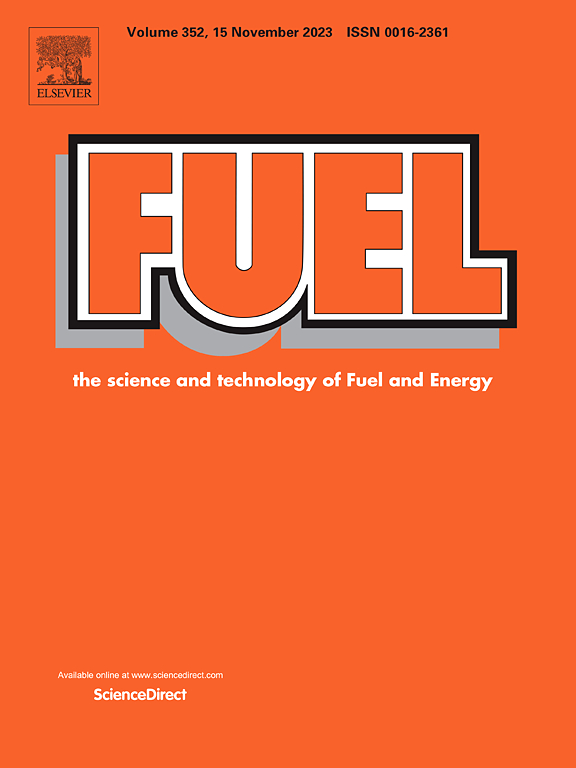Pyrolysis of used lubricating oil using industrial waste-based catalyst for energy efficient fuel generation: A comprehensive review
IF 6.7
1区 工程技术
Q2 ENERGY & FUELS
引用次数: 0
Abstract
The petroleum sector has proliferated since it was established and developed into an essential part of society, particularly in urban areas. Used lubricating oil (ULO), a leftover product of heavy petroleum hydrocarbon distillate, is responsible for rigorous environment pollution, and causes severe health hazards. Pyrolysis is considered as one of the efficient processes, which can efficiently manage ULO effectively diminishing its major adverse impact on the environment. If it is not managed, disposed of, or treated correctly, it can cause detrimental effect towards humans and the environment. The key objective of this review is to investigate catalysts, all the different parameters, and the reactor configurations that can impact the sustainability of ULO pyrolysis in liquid fuels. A comprehensive analysis of ULO pyrolysis is provided in this paper, which covers the following topics: (i) conventional methods, (ii) reactor layout, and (iii) benefits of catalytic pyrolysis. Considering cost-effectiveness, better mixing, and a large surface area to perform the reaction, a fixed bed was found to be more suitable. However, with respect to combustion efficiency and emission features, electric pyrolysis performed as a better alternative. Although there exists a quality research scope in the future towards performing a comparative evaluation of oil quality on motor vehicle engine oils to introspect the emission properties, efficiency, and combustion process of pyro oil created in both non-catalytic and catalytic pyrolysis methods.

求助全文
约1分钟内获得全文
求助全文
来源期刊

Fuel
工程技术-工程:化工
CiteScore
12.80
自引率
20.30%
发文量
3506
审稿时长
64 days
期刊介绍:
The exploration of energy sources remains a critical matter of study. For the past nine decades, fuel has consistently held the forefront in primary research efforts within the field of energy science. This area of investigation encompasses a wide range of subjects, with a particular emphasis on emerging concerns like environmental factors and pollution.
 求助内容:
求助内容: 应助结果提醒方式:
应助结果提醒方式:


